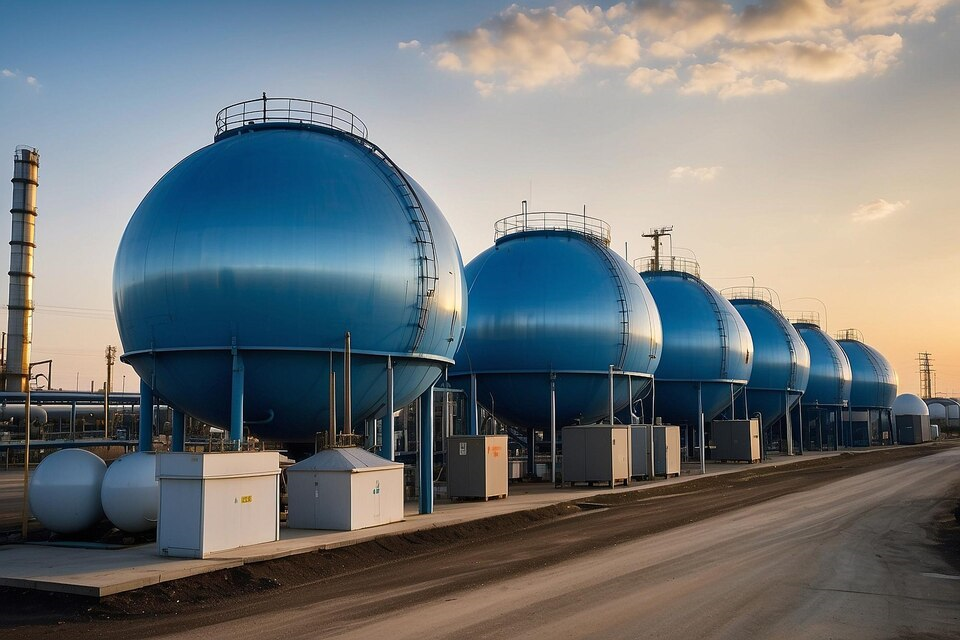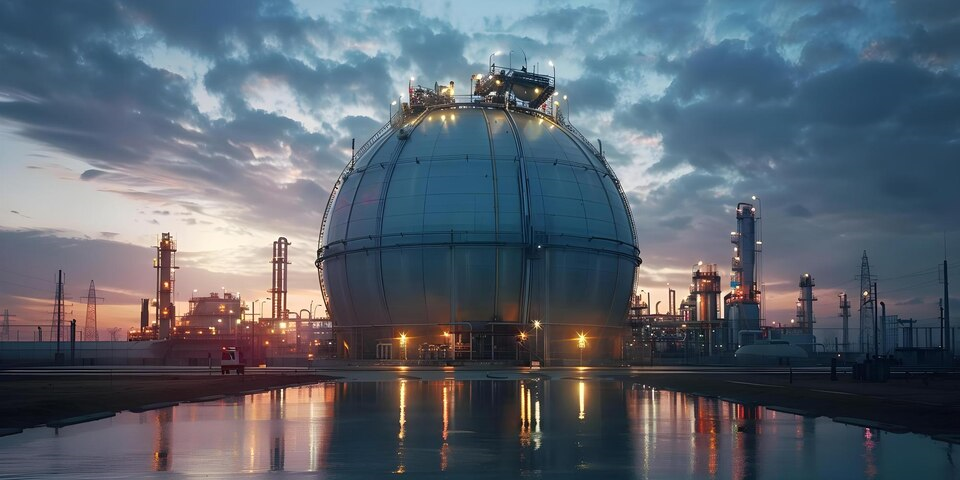Under pressure Vessels are one of the most important and widely used equipment in various industries, which are used to store and maintain fluids (liquids and gases) under high pressure. These tanks are designed and built in such a way that they can withstand more internal or external pressure than the ambient pressure. In the following, some features, types and applications of these tanks are discussed:

Tank material: they are usually made of resistant materials such as carbon steel, stainless steel or special alloys that can withstand high pressure and different environmental conditions.
Tank shape: Pressure tanks are usually designed in a cylindrical or spherical shape. The spherical shape distributes the pressure more ideally, but is more complicated and expensive to manufacture.
Safety: Due to the high internal pressure, these tanks must be regularly inspected and tested to ensure their safety.
Under pressure vessels are divided into different categories, each of which is designed for specific applications in different industries. Below are descriptions of each of these equipments:
Spherical storage tanks are made in terms of shape and design in such a way that they can distribute the pressure uniformly in all directions. This feature makes spherical tanks very suitable for storing liquefied gases such as LPG (liquefied natural gas), LNG (liquefied natural gas) and other gases.
Features:
Applications:
These types of tanks are specially designed to store liquids and gases under high pressure. Pressure storage tanks can store liquids under high pressure due to their resistant structure.
Features:
Applications:
Vacuum towers are equipment designed to separate and purify materials under vacuum conditions. These equipments are commonly used in chemical and refinery processes.
Features:
Applications:
Distillation columns, also known as distillation columns, are equipment for separating liquid components based on differences in their boiling points.
Features:
Applications:
Cylindrical pressure vessels are one of the most common types of pressure vessels due to their simple and economic design. These tanks are designed in a cylindrical shape with stable bases and are used to store materials under high pressure.
Features:
Applications:
Process vessels are equipment designed to carry out and control various industrial processes. These tanks are generally used for chemical reactions, mixing, purification and other process operations.
Features:
Functionality:
Applications:

standards: The design and construction of pressure vessels is done based on international standards such as ASME Section VIII.
Inspection and testing: Tanks must be subjected to various tests, including hydrostatic tests, to ensure pressure tolerance.
Coatings and insulations: Depending on the type of fluid and environmental conditions, it may be necessary to use anti-corrosion coatings and thermal insulations.
Under pressure vessels are essential components in various industries, including oil and gas, chemical and energy. Using high-quality materials and advanced technologies, these tanks are able to withstand high pressures and harsh environmental conditions. The optimal design and precise engineering of these tanks guarantee their long-term safety and efficiency. For more information and advice regarding the selection and installation of pressure vessels suitable for your specific needs, you can contact our experts at Petro structure company.